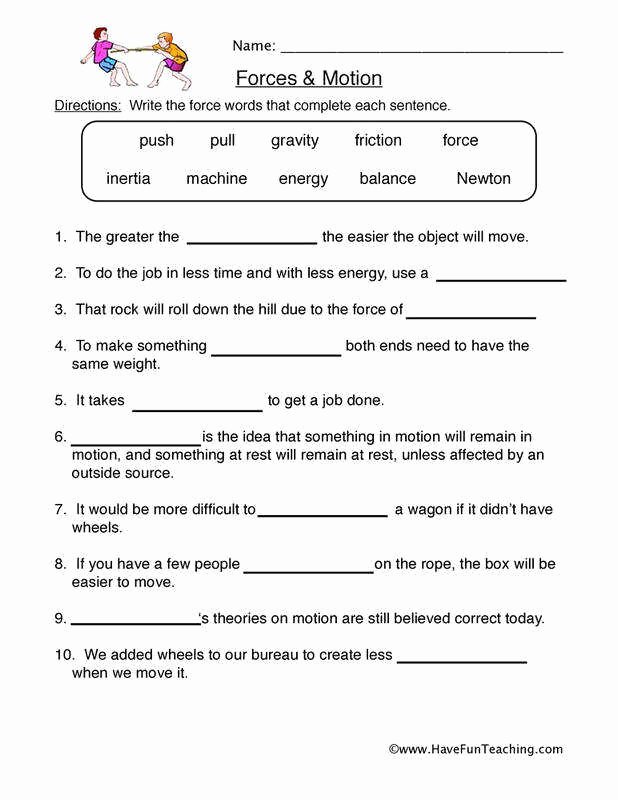44 13.1 the nature of gases worksheet
13.1 Nature of Gases Worksheet.pdf - Course Hero View 13.1 Nature of Gases Worksheet.pdf from CHEMISTRY 163 at Rowad AlKhaleej International Schools, Dammam. Name Date Class THE NATURE OF GASES Section Review Objectives Describe the assumptions of PDF Cambridge IGCSE™ Cambridge IGCSE (9-1) - GCE Guide can choose what approach to take and you know the nature of your institution and the levels of ability of your learners. What follows is just one possible approach ... Gas exchange in humans It is recommended that this unit should take about X hours/ X % of the course. 11.1.1, 11.1.2, 11.1.3, 11.1.4,
The Nature of Gases 13.1 Flashcards | Quizlet A quantity of 6.75 g of SO2Cl2 was placed in a 2.00-L flask. At 648 K, there is 0.0345 mole of SO2 present. Calculate Kc for the reaction SO2Cl2 (g) <=> SO2 (g) + Cl2 (g) Verified answer. Other Quizlet sets. A&P Lecture Chapter 1 Content Review.

13.1 the nature of gases worksheet
PDF Chapter 13 Gases - An Introduction to Chemistry Gases consist of tiny particles widely spaced (Figure 13.1). Under typical conditions, the average distance between gas particles is about ten times their diameter. Because of these large distances, the volume occupied by the particles themselves is very small compared to the volume of the empty space around them. Chapter 13 gases are similar, and one way in which they are different. Both liquids and gases can flow, so they can take the shape of their container. The molecules in a liquid have intermolecular attractions that are not present in gases. Therefore, liquids have a definite volume and will not simply fill their container. 13.1 The Nature Of Gases Flashcards | Quizlet 13.1 The Nature Of Gases STUDY PLAY kinetic energy the energy object has because of its motion. kinetic theory all matter consists of tiny particles that are in constant motion. gas pressure results from the force exerted by a gas per unit surface area of an object. atmospheric pressure the collisions of atoms and molecules in air with objects.
13.1 the nature of gases worksheet. Chapter 13 ~ Non-Renewable Resources - Environmental Science Canada is one of the world's leading producers of metals, accounting for 15% of the global production of nickel in 2006, 9% of aluminum, and 6% zinc (Tables 13.1 and 13.2). Much metal production is intended for export. Domestic consumption is about 39% of the value of production of all metals (Table 13.2). PDF Chapter 13 - Gases - An Introduction to Chemistry Exercise 13.1 - Using the Ideal Gas Equation: Krypton gas does a better job than argon of slowing the evaporation of the tungsten filament in an incandescent light bulb. Because of its higher cost, however, krypton is used only when longer life is considered to be worth the extra expense. (Objs 15, 16, & 17) a. 4 ratio of specific heat at constant pressure to A vessel contains 60,000 molecules of a gas. Due to a very fine hole in the wall, 10,000 molecules escape from the vessel. Then the mean free path of the molecules of the gas______ a) is increased b) is decreased c) is not changed d) may increase nf derrease Answer : A a ) is increased 115. CIE IGCSE Chemistry Revision Notes 2020 - Save My Exams 13.1.1 Carbonates Download PDF Test Yourself Calcium Oxide & Calcium Carbonate Manufacture of lime Limestone consists mainly of calcium carbonate, CaCO 3 Lime which is calcium oxide, CaO, is manufactured from calcium carbonate by thermal decomposition: CaCO 3 → CaO + CO 2
PDF Name Date Class STATES OF MATTER 13 SECTION 13.1 THE NATURE OF GASES (pages 385-389) This section introduces the kinetic theory and describes how it applies to gases. It defines gas pressure and explains how temperature is related to the kinetic energy of the particles of a substance. Kinetic Theory and a Model for Gases (pages 385-386) 1. Kinetic Theory (1.1.1) | CIE IGCSE Chemistry Revision ... - Save My Exams Gases have a very low density Since there is a lot of space between the particles, gases can be compressed into a much smaller volume The particles are far apart and move randomly and quickly (around 500 m/s) in all directions They collide with each other and with the sides of the container (this is how pressure is created inside a can of gas) PDF What do I already know about states of matter? (index card) and ... The Nature of Gases > Kinetic Theory and a Model for Gases According to kinetic theory: •The particles in a gas are considered to be small, hard spheres with an insignificant volume. •The motion of the particles in a gas is rapid, constant, and random. •All collisions between particles in a gas are perfectly elastic. 13.1 13.1 The Nature Of Gases Flashcards | Quizlet 13.1 The Nature Of Gases STUDY PLAY kinetic energy the energy object has because of its motion. kinetic theory all matter consists of tiny particles that are in constant motion. gas pressure results from the force exerted by a gas per unit surface area of an object. atmospheric pressure the collisions of atoms and molecules in air with objects.
Chapter 13 gases are similar, and one way in which they are different. Both liquids and gases can flow, so they can take the shape of their container. The molecules in a liquid have intermolecular attractions that are not present in gases. Therefore, liquids have a definite volume and will not simply fill their container. PDF Chapter 13 Gases - An Introduction to Chemistry Gases consist of tiny particles widely spaced (Figure 13.1). Under typical conditions, the average distance between gas particles is about ten times their diameter. Because of these large distances, the volume occupied by the particles themselves is very small compared to the volume of the empty space around them.

0 Response to "44 13.1 the nature of gases worksheet"
Post a Comment